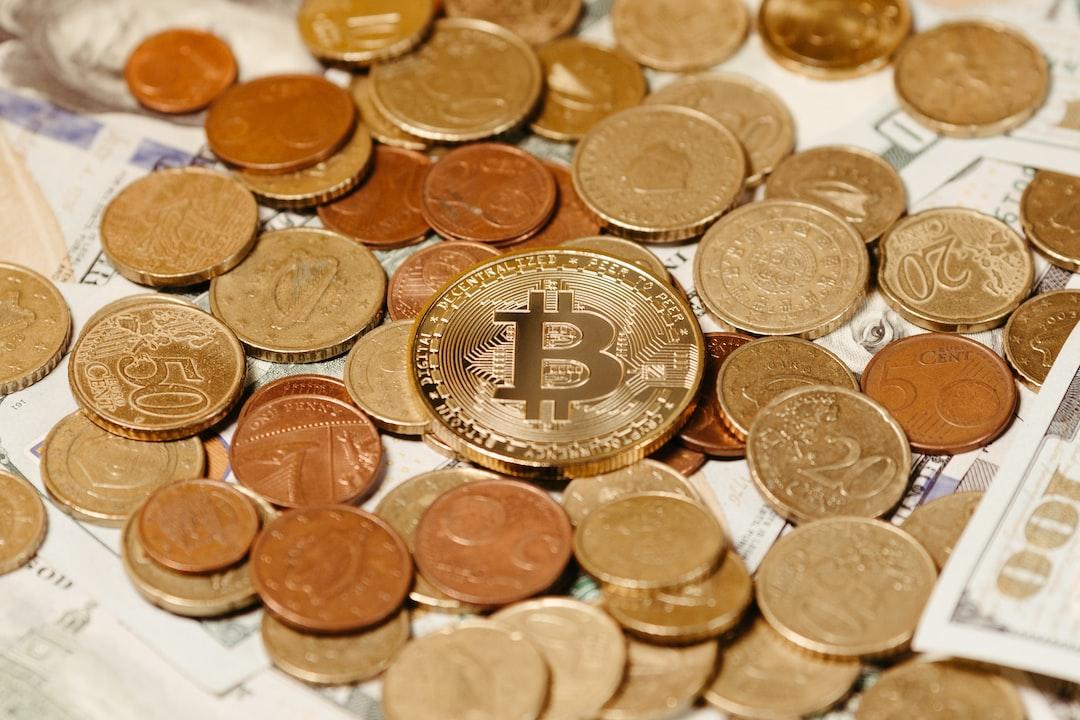Bitcoin (BTC) fell towards $69,000 after the opening of Wall Street on April 12, while gold outperformed BTC in terms of price action.
The BTC/USD 1-hour chart, sourced from TradingView, showed a lackluster performance for BTC/USD towards the end of the week. Despite lower outflows from the Grayscale Bitcoin Trust (GBTC), Bitcoin showed no signs of optimism as bid liquidity dropped below $70,000.
J. A. Maartunn, a contributor to the on-chain analytics platform CryptoQuant, attributed this dip to Coinbase, stating that the Bitcoin price on Coinbase was -$70 compared to Binance. This discrepancy in spot Bitcoin premiums on major exchanges was a cause for concern.
Meanwhile, gold reached new record highs of $2,431 per ounce on the day, making it the preferred risk asset. In contrast, the S&P 500 and Nasdaq 100 indexes were down around 1% at the time of writing, aligning with Bitcoin’s performance.
The macroeconomic landscape raised concerns about the gold price among some analytics sources. The Kobeissi Letter, a trading resource, noted that all factors historically associated with lower gold prices were currently present, except for central banks stockpiling gold and escalating geopolitical tensions.
BTC/USD had been trading within a narrow range for several weeks, drawing little attention from short-term traders. Instead, focus was shifting towards the upcoming block subsidy halving, which could potentially introduce volatility.
According to popular trader and analyst Rekt Capital, Bitcoin was currently in a “re-accumulation phase.” In an X post, Rekt Capital stated that Bitcoin was developing a clear re-accumulation range leading up to the halving, which has been historically observed. Re-accumulation could potentially last up to five months, during which some investors may be shaken out due to boredom, impatience, and disappointment with the lack of immediate results following the halving.
It is important to note that this article does not provide investment advice or recommendations. Readers should conduct their own research and make informed decisions when it comes to investments and trading.

